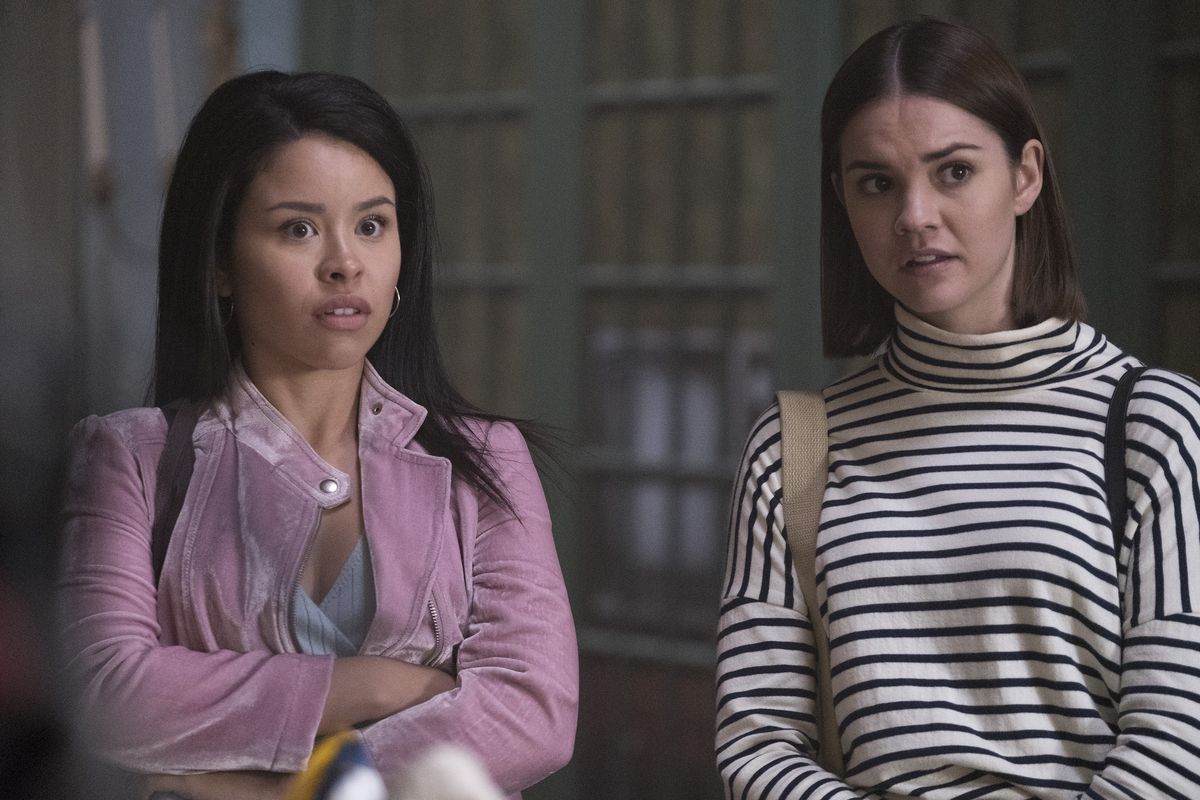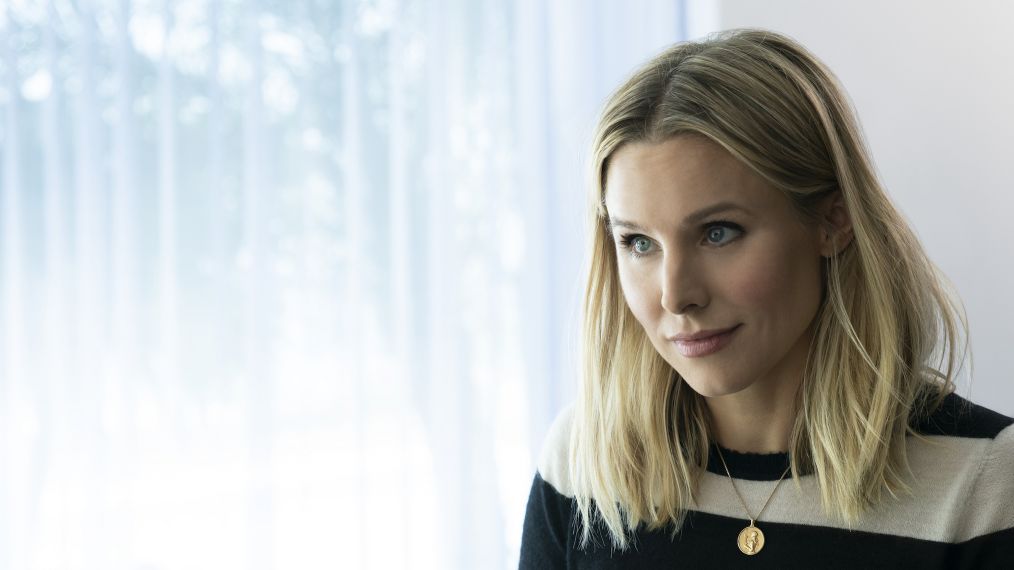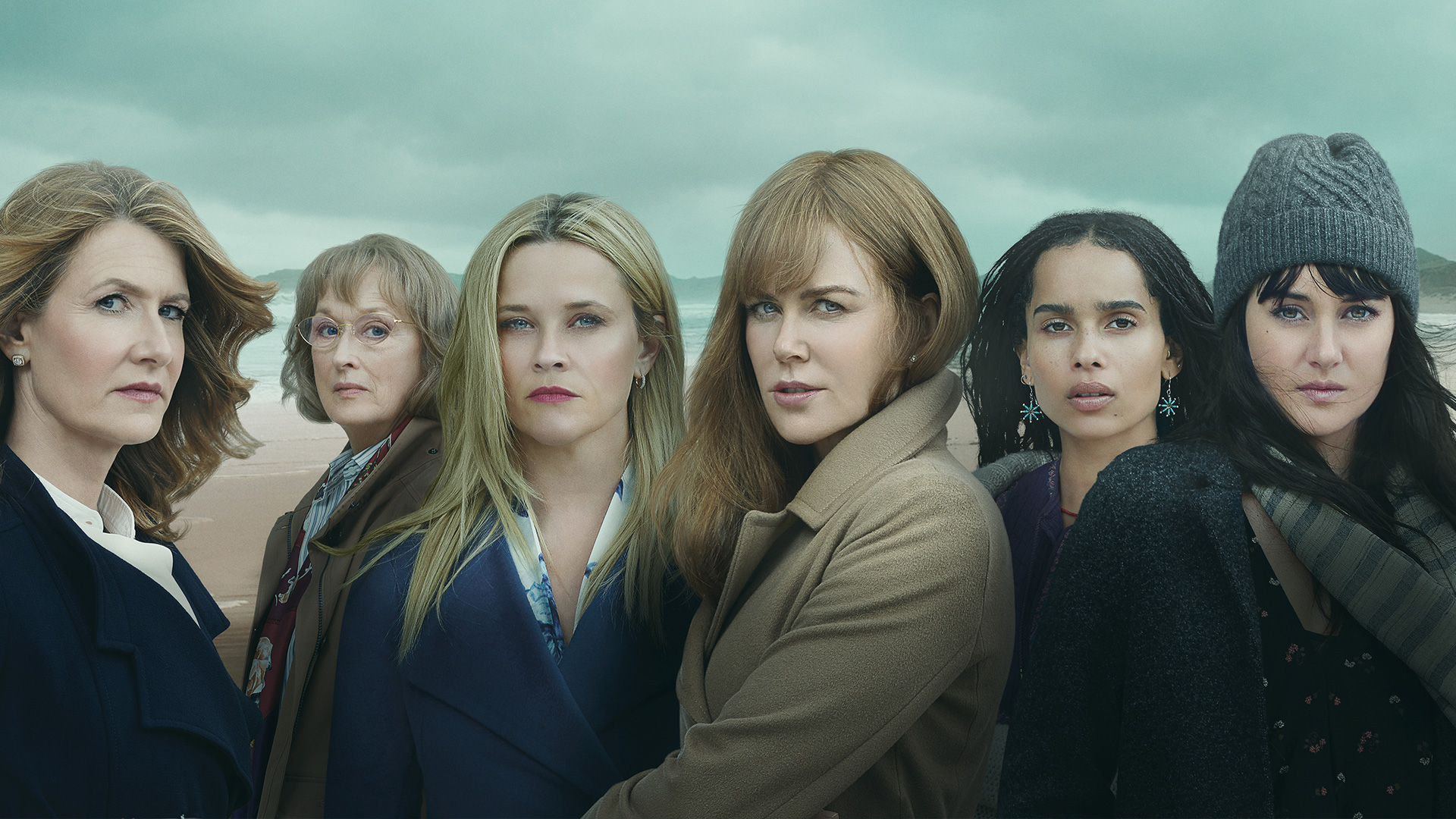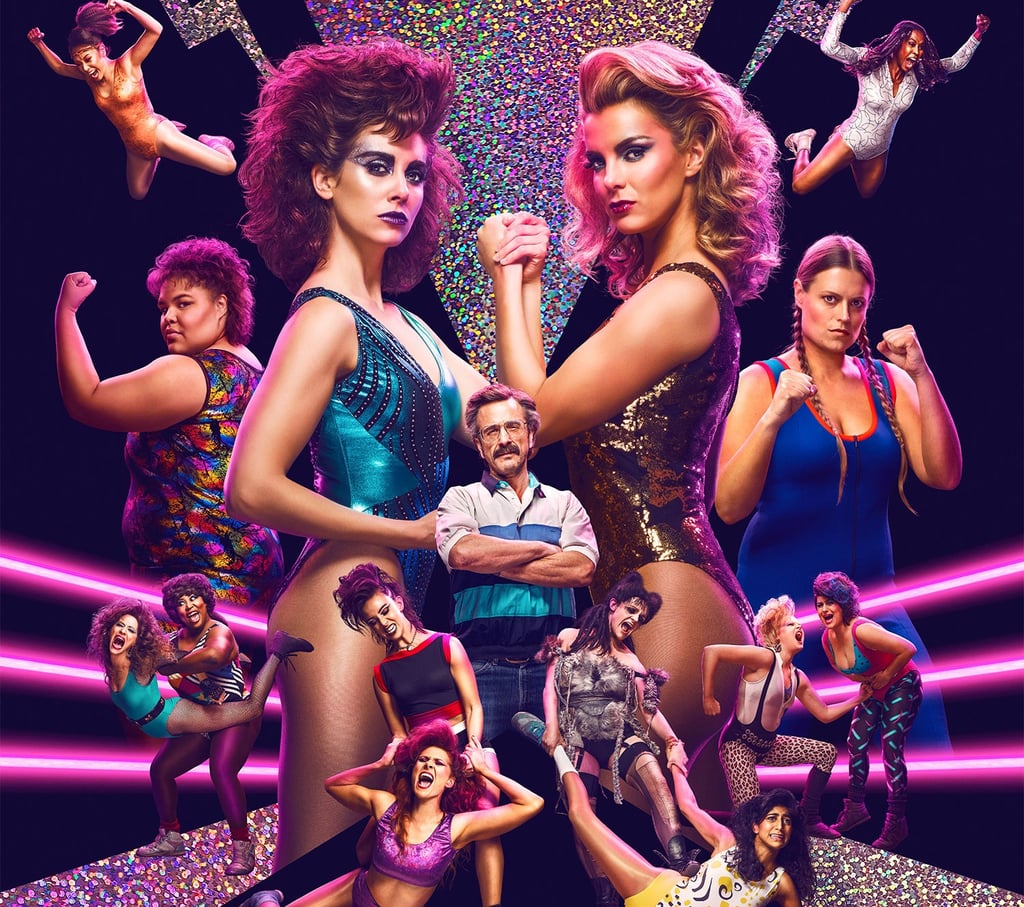The phrase “hot girl summer,” popularized by rapper Megan Thee Stallion, can mean a multitude of different things to different people, from celebrating female empowerment to partying hard. To us here at The Argus, nothing exemplifies summer more than binge-watching Netflix, so we’re commemorating the end of Summer 2019 by sharing our thoughts on the most notable woman-centric TV shows from the past few months.

c/o Vox
“Good Trouble” by Tara Joy
I’m not here to pretend that “Good Trouble”—a spin-off of the soapy, socially conscious drama “The Fosters”—is the best show on television right now, or even one of the top contenders. Starring Maia Mitchell and Cierra Ramirez as adopted sisters Callie and Mariana Adams Foster, the likable cast and storylines touching on such hot button issues as police brutality and sexism in the tech industry. However, “Good Trouble” struggles with many of the same issues as its predecessor: overwrought plotting, excessive reliance on flashbacks, and constant shoehorning in of social justice lectures at the expense of actual storytelling. The show’s second season, which picks up right where the first left off, juggles with what feels like a hundred different subplots, some more compelling than others. Mariana’s attempts to maintain her secret relationship with a coworker, develop an app, and stay in the good graces of her female coworkers are genuinely intriguing, while Callie’s inability to choose between or be honest with the two extremely handsome men who are both obsessed with her is…not.
Despite “Good Trouble’s” shortcomings, it accomplishes what many more prestigious shows fail to: consistently entertain. If you really want your television to be important and cerebral, feel free to stick to “Euphoria” or “The Handmaid’s Tale” or whatever. As far as I’m concerned, it’s hot outside, and the real world is depressing enough, and sometimes I just want to watch 45 minutes of attractive, ethnically diverse people having emotionally charged conversations and making out with each other.

c/o TV Insider
“Veronica Mars” by Meg Cummings
“Veronica Mars” first premiered in 2004, starring Kristen Bell as the titular, hard-boiled, private detective/high school junior Veronica in the noir-esque show. With Bell’s performance anchoring an engaging and personal mystery—the murder of her best friend Lilly Kane (Amanda Seyfried)—the first season expertly weaves episode-by-episode mysteries, featuring fleshed-out characters and thoughtful analyses of class divisions in Neptune, Veronica’s wealthy California beach town. Following success with an okay second season, a “meh” third season, and a fan-funded movie released in 2014, “Veronica Mars” seemed to have wrapped up its story. That is, until now.
Season 4 dropped on Hulu on July 19, 2019 (a week before it was supposed to, which inconvenienced my rewatch of the previous three seasons, for the record), with an eight-episode mystery arc and the return of many a beloved character (and a few less than beloved). The mystery, which revolves around a series of bombings targeting Neptune as a spring break destination, is engaging enough, despite some tiring subplots, and emphasizes some of the class conflict between the town’s uber-rich and those who depend on spring break to keep their businesses afloat. As for the show itself, Season 4 is, for the most part, a return to the excellent form of the first season. The dialogue is sharp, and the relationships between the characters are quite realistic. (Enrico Colantoni and Jason Dohring as father Keith Mars and boyfriend Logan Echolls, respectively, are the only familiar faces in the main cast.) The series also puts Veronica’s myriad issues on blast—her trust issues and her stagnating personal growth, specifically—and Colantoni in particular is excellent in his plotline dealing with the long-term health effects from a car accident (which also functions as a condemnation of inequality in the healthcare system).
The season comes to an explosive finale that might change the minds of some viewers about the quality of the season as a whole. The lifeblood of “Veronica Mars” (and Veronica Mars) is the specificity of the world around her: namely, Neptune, Calif., and its residents. Most of the revival remembers that fact, and it’s in those moments that Season 4 approaches the highs of Season 1.

c/o HBO
“Big Little Lies” by Hannah Reale
The second season of “Big Little Lies” came to an unsatisfactory end in late July, with the Monterey Five walking into the police station, presumably to reveal their covered-up crime to the authorities. Nicole Kidman, Reese Witherspoon, Zoë Kravitz, Shailene Woodley, and Laura Dern continue to stun in their portrayals of California moms to their young children, who just happen to have covered up the killing of Kidman’s character’s abusive husband (Alexander Skarsgård). The characters’ complexity in the first season comes across as flatter this time around, perhaps due to the post-production revisions that were done outside of the supervision of Season 2 director Andrea Arnold.
Though Kravitz’s character is initially given the room to explore a depth that she desperately and obviously lacked in the first season, her “personality” ends up being entirely based on a traumatic relationship with her mother—a reason that comes across as disappointingly one note given the time devoted to exploring other characters’ psyches, especially Witherspoon’s and Kidman’s.
But the rest of the cast falls away in contrast to its new member, Meryl Streep, who plays Skarsgård’s character’s mother in the quiet, graceful, maddening Mary Louise. Her moral righteousness conflicts deeply with the goals of the protagonists and she becomes a soft-spoken Emily Gilmore-esque mother character, one with the goal of bringing the true circumstances of her son’s death to light.
HBO has yet to confirm a third season of the show, and it’s hard to tell whether such an endeavor would improve on the sour taste that the second leaves in the viewer’s mouth. The attempt to tie up two seasons with a crime scene–tape bow was fundamentally a mistake given that fans turn to the show for all its raw, messy complexity, but unraveling such a bow may be just as frustrating to watch.

c/o PopSugar
“GLOW” by Emmy Hughes
In the modern moment of ’80s homage, the Netflix show “GLOW” (Gorgeous Ladies of Wrestling) feeds a cultural hunger for glitz and glamour, high-waisted pants and cropped shirts, and synth. The third season premiered on August 9, 2019, and stars a group of women, most of whom are vying for success in the acting world, who perform on a women’s wrestling show. The women deal with the problems and successes of working on this show, including a lovable but occasionally problematic director, a producer struggling to come to terms with his sexuality and putting the show occasionally at risk, and the rise and fall of being bought and sold by networks.
This season is especially glamorous. It takes place in Las Vegas, so the colors, the costumes, and the show itself is more vibrant than ever. A new character, a woman named Sandy Devereaux St. Clair who runs the Fan-Tan hotel and casino, embodies an old Hollywood aesthetic that gloriously compliments the fun and vigor of the wrestlers.
This season also deals with ongoing romantic tensions between some characters, as well as the toll that Vegas takes on them as they’re kept from their families. But, primarily, it continues to explore the ways women form friendships—how women relate within work and casual environments, grow with and because of one another. The ongoing changing friendship between Ruth and Debbie, who play the titular wrestling roles of “Zoya the Destroya” and “Liberty Bell,” respectively, is core of the show. As Ruth continues to try to make it as an actor, Debbie moves toward the male-dominated world of producing. It ultimately drives a stake in the relationship that climaxes at the end of the season.
This season, like the others, tackles the wrestling show’s portrayal of sexualized characters in the matches. Many of the characters that the women play on the wrestling show are racist caricatures—one Black actor must play a character called “Welfare Queen,” while another South Asian character plays a wrestler called “Beirut the Mad Bomber.” The women struggle with playing these characters, finding them deeply upsetting, but also fearing that if they express dissatisfaction with their character they may be cut from the show. In this season, a woman named Jenny Chey struggles with her character of “Fortune Cookie,” particularly after the women decide to switch characters for a night, and she witnesses her white friend performing the character in a stereotyping and racist impression.
In tandem with these issues, however, is the warmth of this community of vibrant and fascinating women with a shared dream of success. The show is glamorous and sequined, the moves are impressive and occasionally dangerous, and the plots of the matches—while kitschy—often do have true heart, as funneled through the women who play the characters. The show thrives in its portrayals of costumes and eyeliner, but also delves behind their performances’ facades, to the acts of putting on the sparkling makeup on and taking it off, and the bare-faced women underneath.
Tara Joy can be reached at tjoy@wesleyan.edu.
Meg Cummings can be reached at mcummings@wesleyan.edu.
Hannah Reale can be reached at hreale@wesleyan.edu, or on Twitter @HannahEReale.
Emmy Hughes can be reached at ebhughes@wesleyan.edu, or on Twitter @spacelover20.
Comments are closed